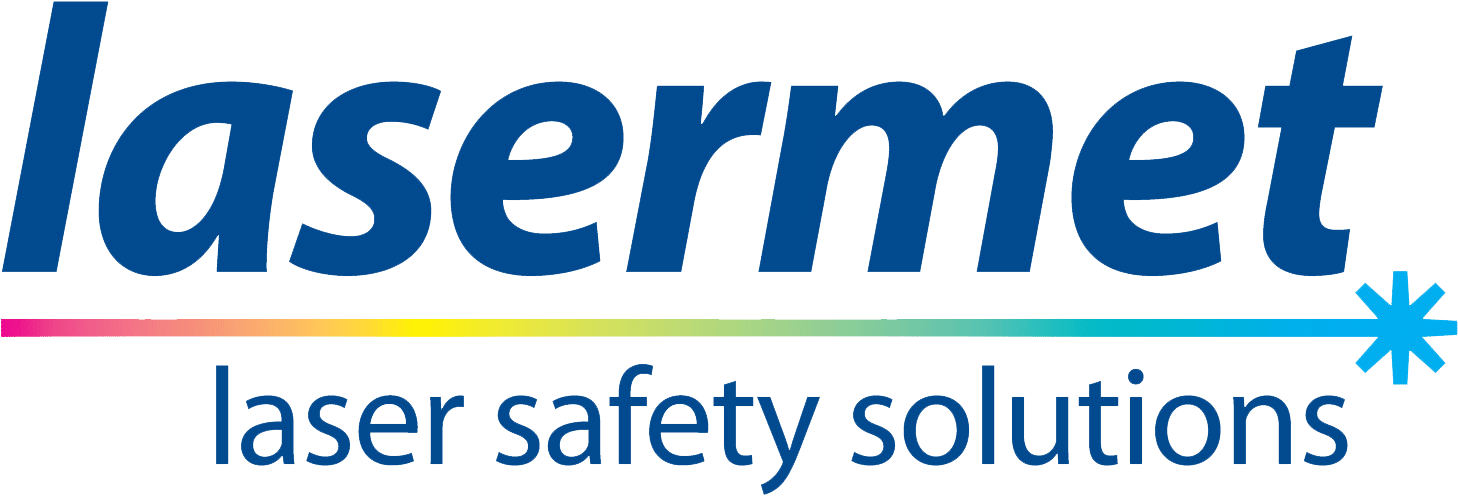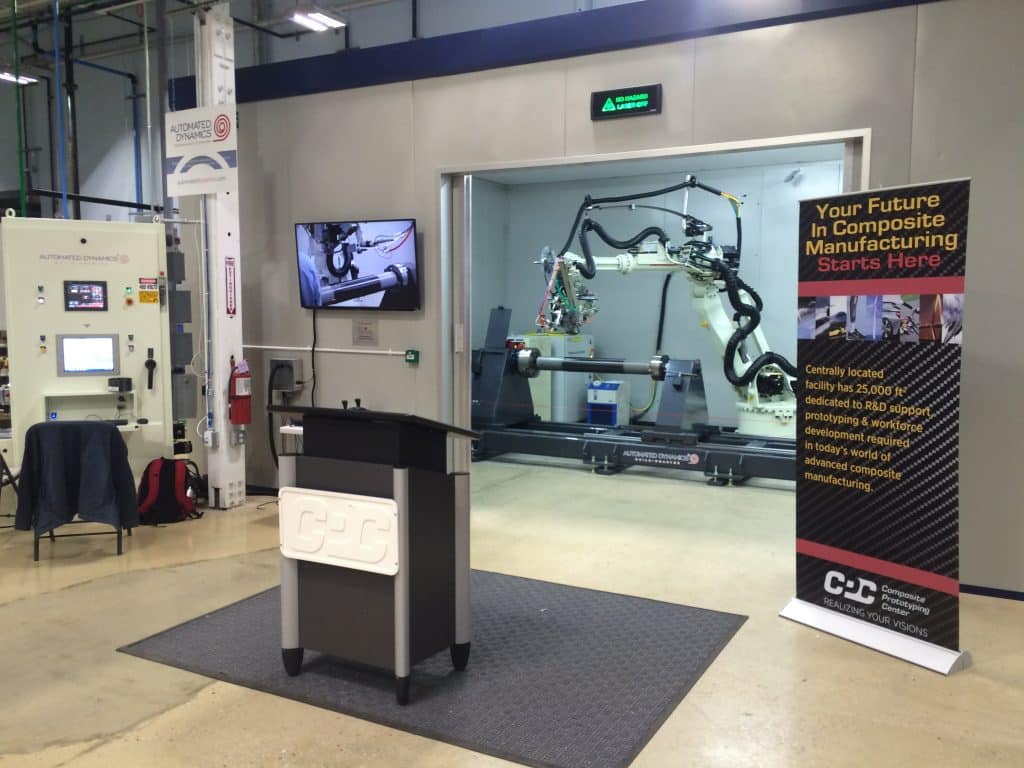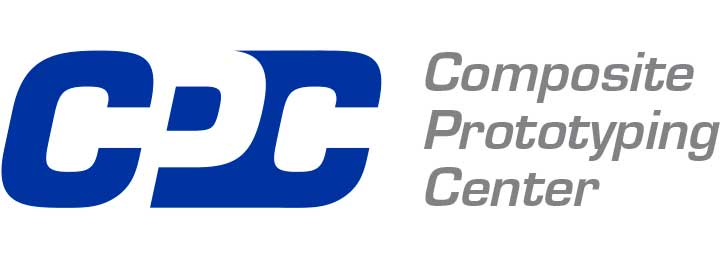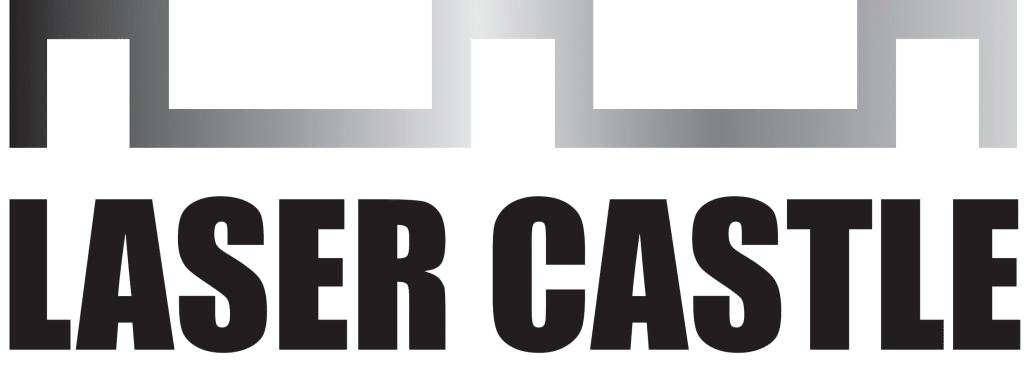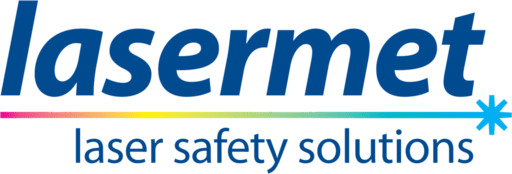Laser Castle Installed at the Composite Prototyping Centre (CPC), New York
Laser Castle Installation at CPC
In 2015, Lasermet Inc., through its US distributor RT Technologies, completed a laser safety installation at the Composite Prototyping Centre (CPC) in Plainview, New York. The project featured the Laser Castle laser safety cabin, specifically designed to house an advanced automated fibre placement robot used in composite prototyping.
In collaboration with Automated Dynamics, the Laser Castle enclosure was engineered to meet the safety and operational needs of the facility. The enclosure measured 26 feet wide, 18 feet deep, and 11 feet high. It was equipped with:
- A laser Interlock Control System
- LED warning signage
- High-definition CCTV System
- Automatic interlocked doors
The enclosure was built to contain the automated fibre placement robot from Automated Dynamics, which utilises a high-power laser for localised heating—an essential process in composite manufacturing. The Laser Castle ensured compliance with laser safety standards while supporting seamless operation of the robotic system.
STEM and Advanced Manufacturing in Focus

The Composite Prototyping Centre held a special event titled “STEM Is the Way to the Future” to showcase advancements in technology and education. The event was attended by over 130 individuals, including local manufacturers, educators, business leaders, and elected officials.
New York State Senate Majority Leader John J. Flanagan served as the keynote speaker and emphasised the importance of STEM (Science, Technology, Engineering, and Mathematics) education and workforce development. CPC Executive Director Leonard Poveromo acted as Master of Ceremony.
As part of the event, guests were given tours of the CPC facility. A highlight of the tour was a live demonstration of the automated fibre placement robot secured within the Laser Castle — referred to by Mr. Poveromo as the “jewel of the Centre.”
Technical Capabilities
The fibre placement robot enclosed by the Laser Castle is capable of fabricating parts up to 120 inches in length and 48 inches in diameter. The equipment, funded with a NYSERDA grant, represents a high level of precision and innovation in composite part production.
The CPC’s 25,000-square-foot facility supports full prototype manufacturing, hands-on technical training, and access to state-of-the-art systems and technologies. The centre also provides research support, composite material evaluation, and design optimisation services to help organisations succeed in advanced manufacturing.
Conclusion
The installation of the Laser Castle at the Composite Prototyping Centre demonstrates the importance of integrating certified laser safety solutions into advanced manufacturing environments. By supporting a highly specialised robotic system, this project helped CPC fulfil its mission to provide training, development, and production technologies essential to modern industry.
